Introduction
As the winter months approach, it’s crucial to properly winterize your motorcycle to ensure its optimal condition and longevity. Cold temperatures, moisture, and road salt can all cause damage if your motorcycle is not adequately prepared. In this comprehensive guide, we will explore the steps to effectively winterize your motorcycle. From fuel stabilization and maintenance to storage and protection, we will provide specific instructions to help you safeguard your motorcycle during the winter season. Get ready to preserve your investment and be ready to hit the road again when spring arrives.
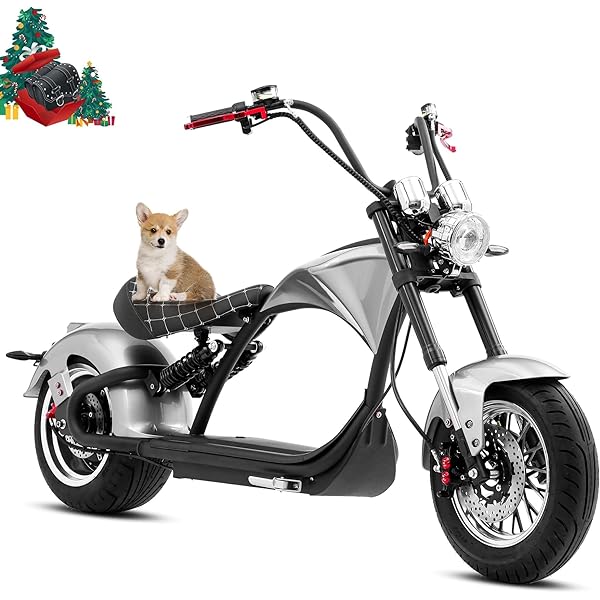
Preparing Your Motorcycle for Winter: A Comprehensive Guide to Winterizing
I. Perform a Thorough Inspection
Conduct a thorough inspection of your motorcycle before winterizing:
-
Check Fluid Levels:
- Inspect the oil, coolant, and brake fluid levels. If any fluids require topping up or replacement, do so according to the manufacturer’s guidelines.
-
Assess Brake Pads and Fluid:
- Check the brake pads for wear and replace them if necessary. Consider bleeding the brake lines or having a professional service performed to ensure the brake system is in optimal condition.
-
Inspect Tires:
- Examine your tires for any signs of wear or damage. Ensure they have adequate tread depth and proper inflation. Replace any worn or damaged tires before storing your motorcycle for winter.
-
Test Lights and Electrical Systems:
- Check that all lights, indicators, and electrical systems are functioning correctly. Replace any faulty bulbs or address electrical issues before winterizing.
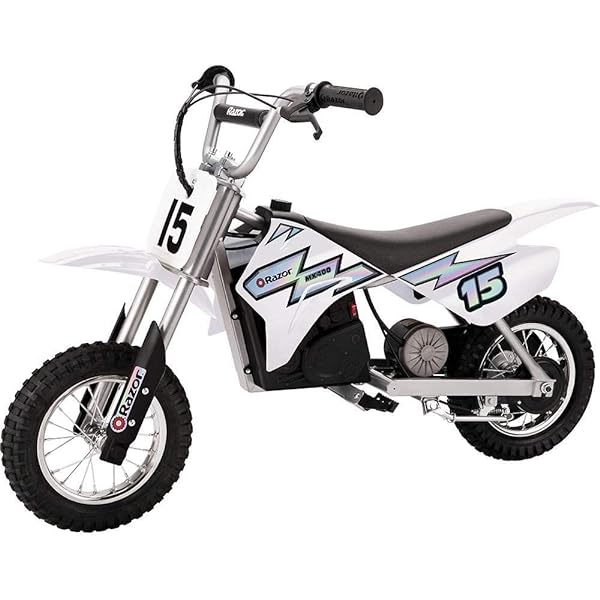
II. Fuel Stabilization
Prevent fuel-related issues during winter storage by stabilizing the fuel:
-
Add Fuel Stabilizer:
- Pour a high-quality fuel stabilizer into your motorcycle’s gas tank according to the manufacturer’s recommended dosage. This will prevent the fuel from breaking down and causing issues such as clogged fuel lines or carburetor problems.
-
Run the Engine:
- Start your motorcycle and let it run for a few minutes to allow the treated fuel to circulate throughout the system.
-
Ride to Distribute Treated Fuel:
- Take a short ride to further distribute the treated fuel and ensure it reaches the engine and fuel lines.
-
Turn Off Fuel Supply:
- Locate the fuel shut-off valve, typically found near the fuel tank or on the fuel line, and turn it off to prevent fuel from flowing into the carburetor or fuel injection system.
III. Maintenance and Lubrication
Perform maintenance tasks and ensure proper lubrication to protect your motorcycle over the winter:
-
Change the Oil:
- Change the engine oil and oil filter before winter storage to remove any contaminants that could potentially cause damage. Fresh oil will also better protect internal engine components during storage.
-
Lubricate Moving Parts:
- Apply lubricant to key components such as the drive chain, throttle, cables, and pivot points. This will prevent corrosion and ensure smooth operation when you start your motorcycle again.
-
Clean and Protect the Airbox:
- Remove the air filter, clean it if necessary, and reapply any necessary filter oil or replace it if needed. This will help protect your engine from dust, debris, and moisture during storage.
-
Spray Rust Inhibitor:
- Use a rust inhibitor or motorcycle-specific protectant spray to coat metal surfaces, such as the exhaust system and exposed areas susceptible to corrosion. Wipe away any excess spray to ensure an even application.
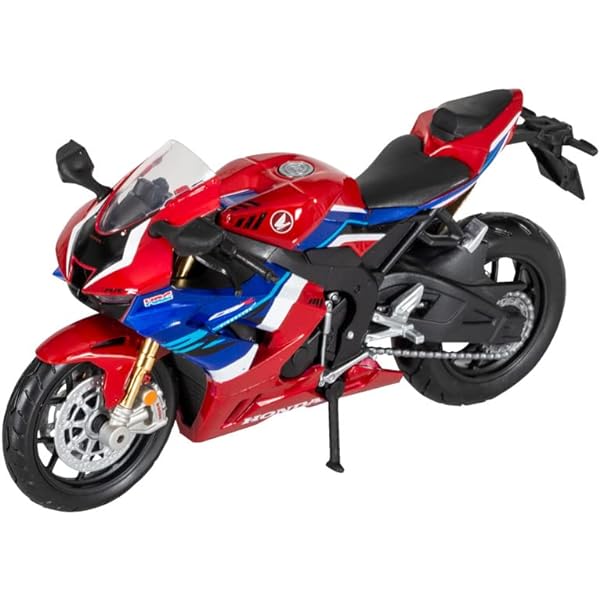
IV. Battery Maintenance
Properly preserve and maintain your motorcycle battery during winter storage:
-
Disconnect the Battery:
- Disconnect the battery cables, starting with the negative terminal, to prevent any unintentional electrical drainage during storage.
-
Clean Battery Terminals:
- Thoroughly clean the battery terminals and cables using a wire brush and a mixture of baking soda and water. Rinse with clean water and dry before reattaching.
-
Charge the Battery:
- If you have a maintenance charger or battery tender, connect it to your motorcycle’s battery and follow the manufacturer’s instructions for charging during storage. This will help maintain the battery’s charge level and prolong its lifespan.
-
Store in a Safe Location:
- Find a cool, dry, and well-ventilated location to store your motorcycle battery. Avoid placing it directly on concrete, as this can cause discharge. Use a battery tender or maintainer as recommended during storage.
V. Proper Storage
Store your motorcycle correctly during the winter season to protect it from the elements:
-
Choose an Appropriate Location:
- Select a location for winter storage that is dry, cool, and protected from extreme temperatures and direct sunlight. Consider a dedicated motorcycle storage area, a garage, or a climate-controlled storage facility if available.
-
Elevate the Motorcycle:
- Elevate your motorcycle off the ground using stands or a center stand. This helps relieve pressure on the tires and prevents flat spots from developing during prolonged periods of inactivity.
-
Cover Your Motorcycle:
- Use a breathable motorcycle cover specifically designed for indoor storage. Ensure the motorcycle is clean and dry before covering it to prevent moisture buildup.
-
Maintain Ventilation:
- Provide proper ventilation in the storage area to prevent condensation and moisture buildup. If needed, use a dehumidifier or moisture-absorbing products to maintain ideal humidity levels.
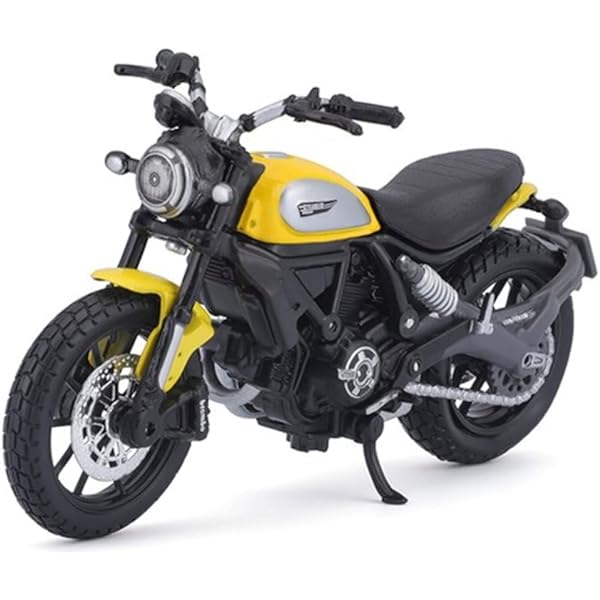
VI. Check Periodically
Regularly check on your motorcycle during the winter months to ensure its well-being:
-
Inspect for Moisture:
- Periodically inspect your motorcycle for signs of moisture or condensation. Wipe away any moisture and ensure the storage area remains dry.
-
Check Tire Pressure:
- Check the tire pressure occasionally and adjust as needed to maintain the proper inflation level.
-
Charge the Battery:
- If you notice a drop in battery voltage, recharge it using a battery tender or maintainer as recommended.
-
Prevent Pest Infestations:
- Keep an eye out for signs of pests, such as rodents or insects, that might seek shelter in your motorcycle during winter storage. Use appropriate repellents or traps to prevent infestations.
VII. Spring Startup Preparation
Prepare your motorcycle for the spring season with these essential steps:
-
Fuel System Check:
- Inspect the fuel system for any signs of degradation or blockages. If necessary, replace fuel lines, filters, or clean the carburetor or fuel injectors before attempting to start your motorcycle.
-
Battery Reinstallation:
- Reconnect the charged battery, ensuring the correct polarity, and secure the cables tightly. Double-check the battery’s voltage prior to reinstallation.
-
Check Fluid Levels:
- Once your motorcycle is ready to start, check and top up fluids as needed, including engine oil, coolant, and brake fluid.
-
Test Ride Responsibly:
- Before embarking on a full ride, take your motorcycle for a short test ride in a safe and controlled environment. Be attentive to any unusual sounds, vibrations, or handling issues that may require further attention.
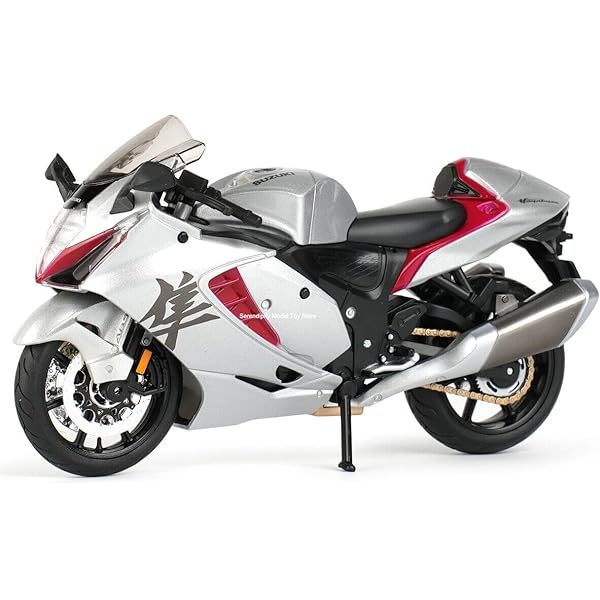
VIII. Conclusion: Safeguard Your Motorcycle for Winter
By following these comprehensive steps, you can effectively winterize and protect your motorcycle during the winter months. Proper fuel stabilization, maintenance, lubrication, battery care, and storage ensure that your motorcycle remains in optimal condition and ready for the road when spring arrives.
Invest the time and effort to prepare your motorcycle for winter properly, and you can enjoy the peace of mind that comes from knowing your motorcycle is protected from potential damage caused by harsh weather conditions. When the warmer seasons return, you’ll be able to hit the road with confidence, knowing your motorcycle is in great shape and ready for new adventures.
